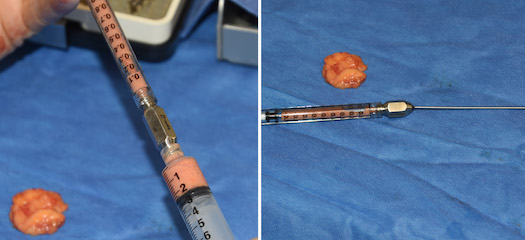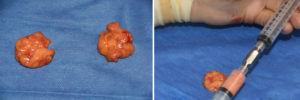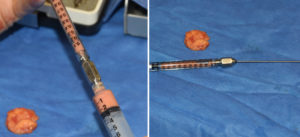The buccal lipectomy is a well known facial reshaping procedure to help slim the cheek area. This area of facial fat removal is unique because it does not require liposuction to do so. In fact it is the only facial and body area where the defatting is done by direct excision rather than vacuum aspiration through a cannula. This is because the buccal fat pads are unique fat collections that are encapsulated into a relatively large mass in the cheeks with numerous extensions or fingers that emanate out into the face. Their location and shape allows for intraoral access for direct removal of volumes that are in the range of 3 to 6ccs.
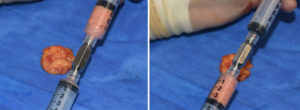
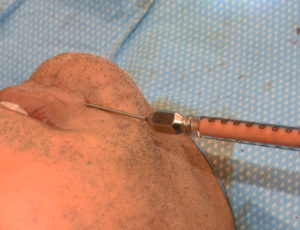
The interesting question is whether the fat that makes up the buccal fat pad has any unique qualities for transplantation. Buccal fat is well known to have a different appearance than subcutaneous body fat with larger globules and a very yellow color. These differences suggest that it has a different metabolic activity than otters fat and, an as a result, its adipose cells may offer different transplantation behavior such as improved survival or higher numbers of stem cells.
For buccal fat to be used as a donor site for fat injections, buccal lipectomies have to have an aesthetic indication to be done. Because of the effects of their removal they would not be harvested merely for convenience.
Dr. Barry Eppley
Indianapolis, Indiana

